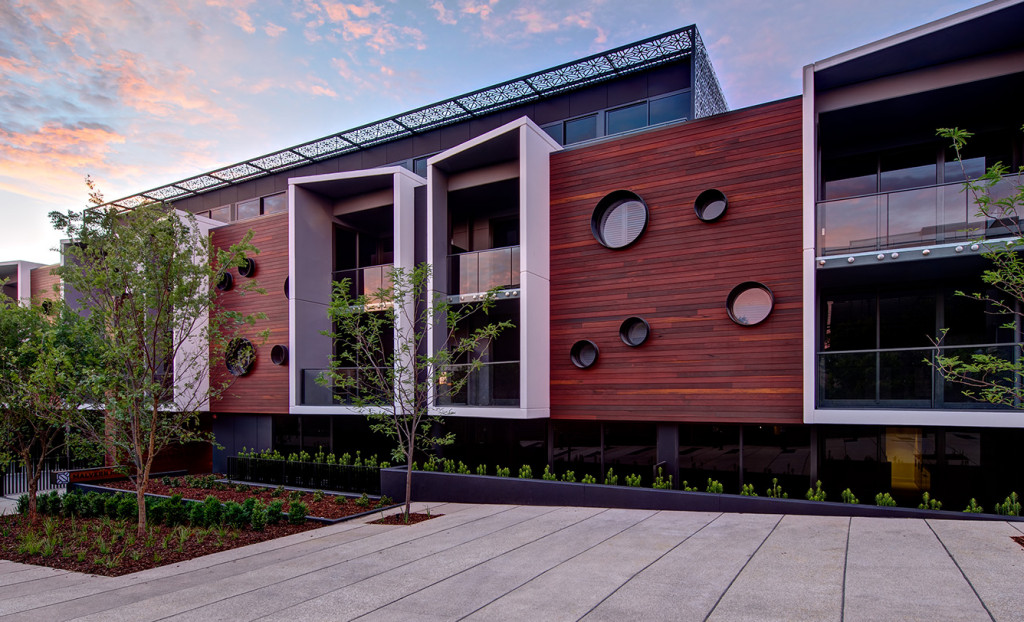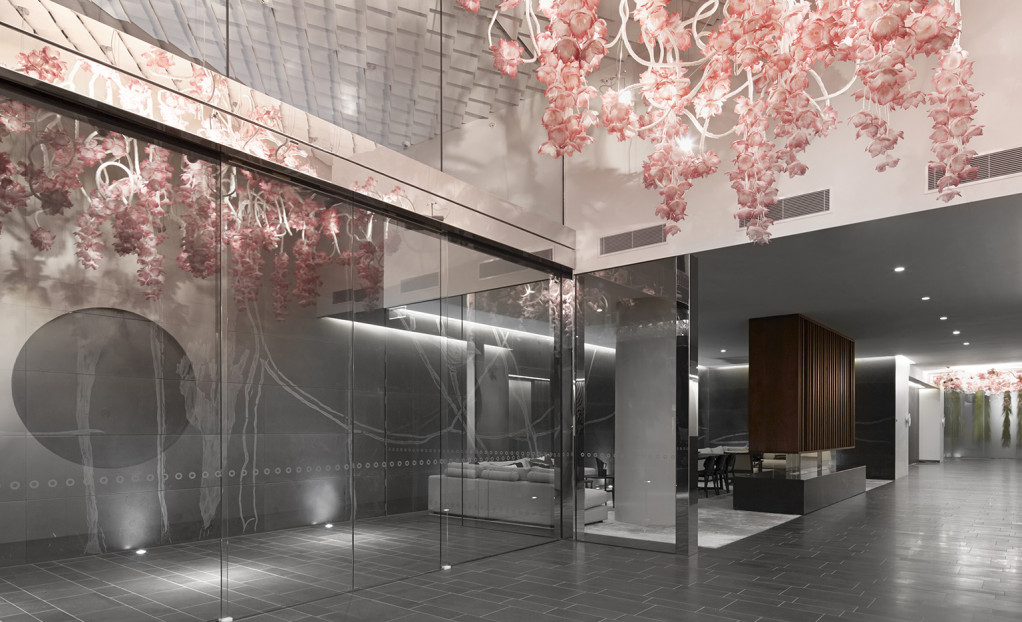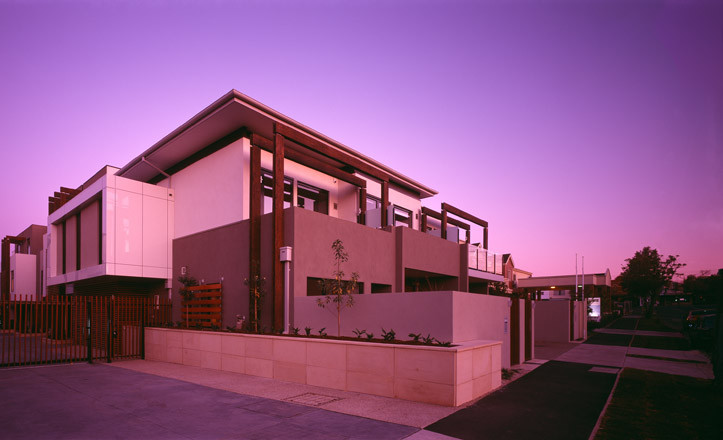The majority of humanity now lives in cities and this trend is expected to accelerate in the
future. The property development community has a responsibility to future generations of city
dwellers to create an urban fabric that considers more than just optimal financial outcomes.
Trees and green space in cities around the world are continually being lost to large scale
development. In inner Melbourne alone, over 2,000 hectares of tree canopy cover has
disappeared in the past decade.
Many in my industry share my passion for nature based cities, but they lack the incentive via
environmentally sustainable design (ESD) rating tools and the justification via third party
property industry expert evidence, to make a commercial decision to incorporate more nature
in projects.
Nature Based Cities is seeking to address both these roadblocks.
Firstly, we need to fix the property industry’s ESD rating tools to encourage and reward the
creation of new green spaces, tree retention and new tree planting.
Of the handful of nationally recognised environmental assessment tools available to the
property industry in Australia to rate how sustainable our built environments are, distressingly,
not one includes the mandatory retention or planting of trees or the provision of green open
space in its criteria.
A 6-star Green Star rated building, the highest level of ESD recognition possible, can be
developed with not a single tree or blade of grass – how can this be considered “green”?
For property developers and large institutional property owners who shape our urban
environments, we are broadly led by government policy and standards when it comes to the
definition of “environmental excellence”.
While current metrics all set admirable targets towards a more sustainable future, they do little
to encourage green open space, tree retention and new tree planting. This is unacceptable
and must be addressed.
Secondly, it’s time to mobilise developers and planners with one comprehensive set of expert
evidence that greening our cities pays dividends – not just to the planet and its inhabitants, but
also to the bottom line of developers and property investors.
As part of our Moonee Valley Park project, we commissioned a research report by the
University of Melbourne to try and bring together all of the benefits that flow from incorporating
more nature into urban environments based on the last 20 years of academic studies.
This report, Nature Based Cities: Greening for Sustainability and Liveability, was so impactful
that we decided to share it with our industry, and anyone else who might be interested, and
establish the Nature Based Cities movement, offering a much-needed foundational plank for
planners, designers, and developers to support the delivery of more green space.
What the University researchers found is that the benefits of green open space and trees go
well beyond contributing to sustainability objectives. They offer substantial societal, cultural,
and economic benefits. Access to green open space encourages physical activity, social
interaction and community cohesion; it alleviates mental health challenges and discourages
anti-social behaviours, drug use and organised crime. Greenspace is vital for childhood
development, adult connection and active recreation and exercise. The extensive list of
benefits identified is overwhelming.
But that still didn’t feel like it was enough to shift the dial in a meaningful way in an industry
driven by profitability.
So we asked leading property research firm, Urbis to identify what the value premium is for
real estate co-located with green space.
Urbis in its report, The Growing Value of Green Space, found that park front houses and
apartments have enjoyed a 34% and 17% respectively average price premium over the last
10 years. This applies to new master-planned developments too, with up to 28% price
premiums and 49% rental premiums for park fronting properties in these projects.
Urbis also found that the value placed on proximity to greenspace is growing over time –
capital growth for park front property is almost twice that for the market average.
Likewise, we are making this ground-breaking research publicly available.
However, even once armed with the research and with the ESD rating tools hopefully fixed
soon, will it be enough?
Consumers are savvier than ever before on issues of sustainability and the environment – they
are asking the big questions of companies they buy from and demanding that products are
ethically sourced and manufactured, sustainable and contributing to a healthier planet. This
global shift in values applies equally to the construction and development industry.
I believe that only those developers who prioritise urban greening in their projects will have
any currency with the property purchasers of tomorrow.
At Moonee Valley Park, for example, in partnership with Hostplus and the Moonee Valley
Racing Club, we are dedicating half of the site, or 20 hectares in total, to new botanical
parklands including new vegetation, walking and bicycle tracks, and green open spaces for
adventure and recreation. The project’s sales success to date validates the growing value
placed by buyers on living in an inner urban locale that is surrounded by expansive green
space.
With the work we are doing through the Nature Based Cities initiative, we are seeking to arm
property-based organisations with the tools to demonstrate real leadership and innovation on
urban greening. We will also be seeking to work with government to fix the industry’s ESD
rating tools to incentivise urban greening.
Collectively as an industry, we have the privilege and responsibility of influencing the shape
of cities in the future. We need to make a conscious decision as to which future we are
choosing.
We will be working hard to ensure a future where our cities are defined by green open spaces
and trees.
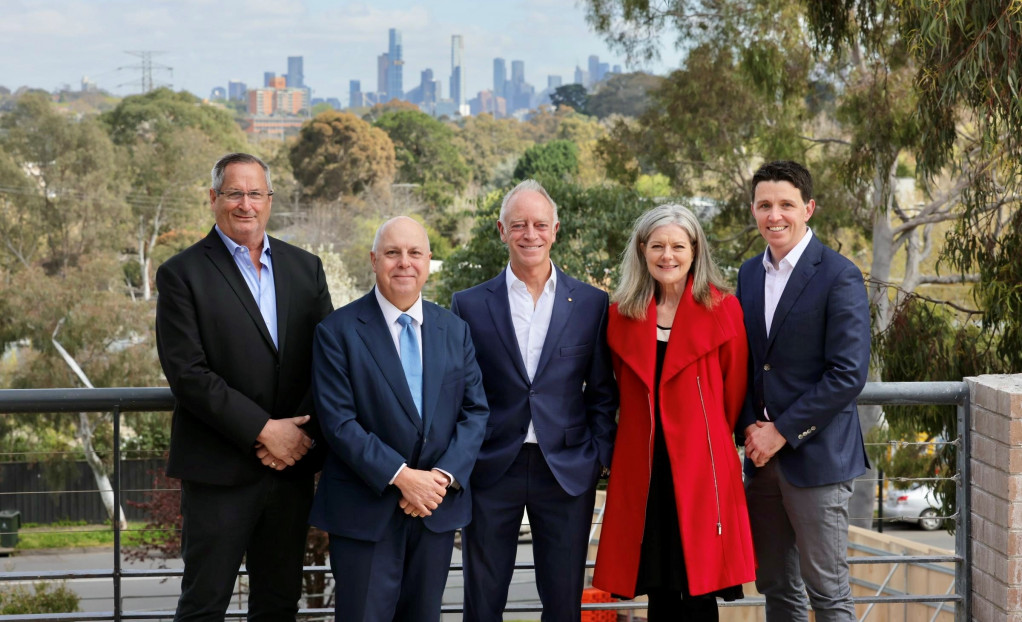
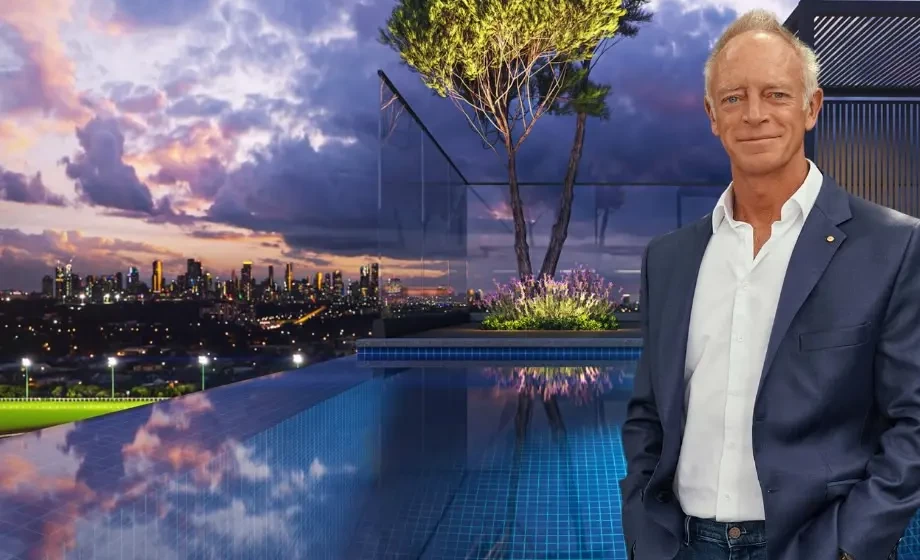
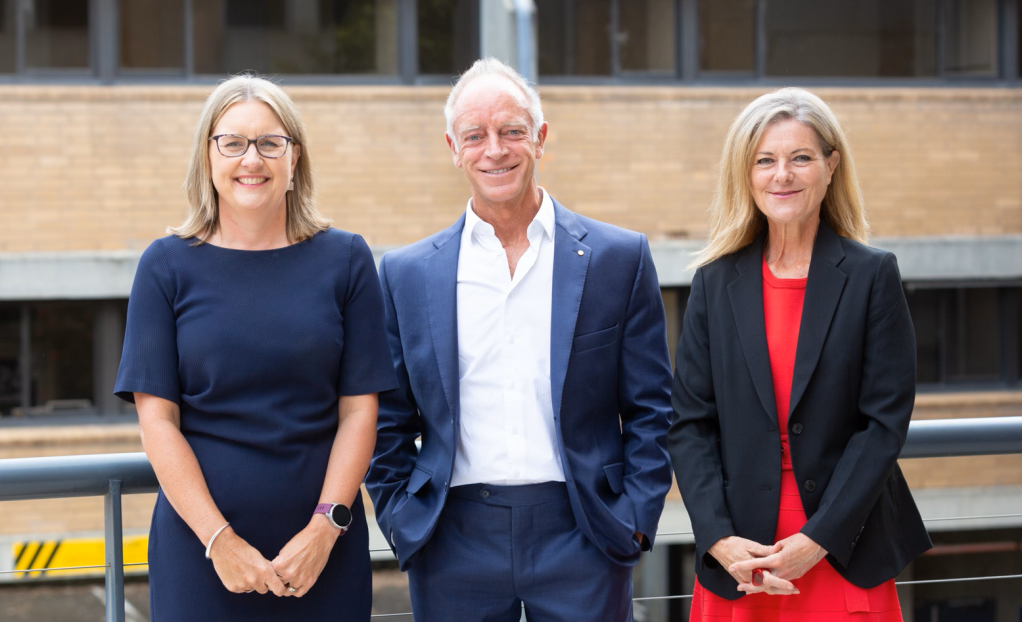






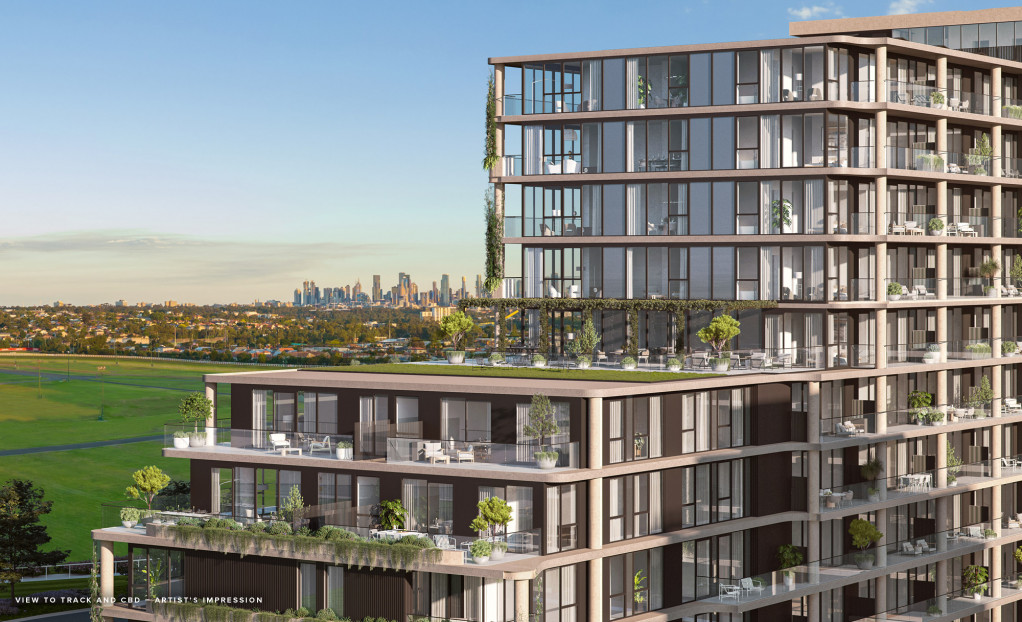


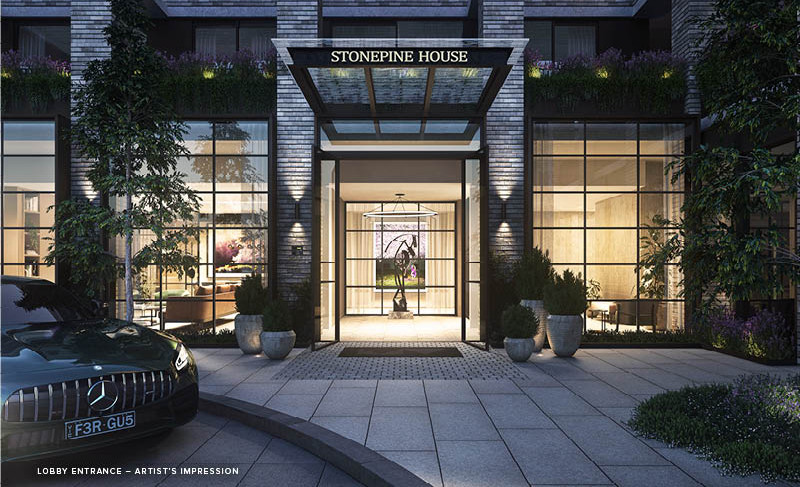



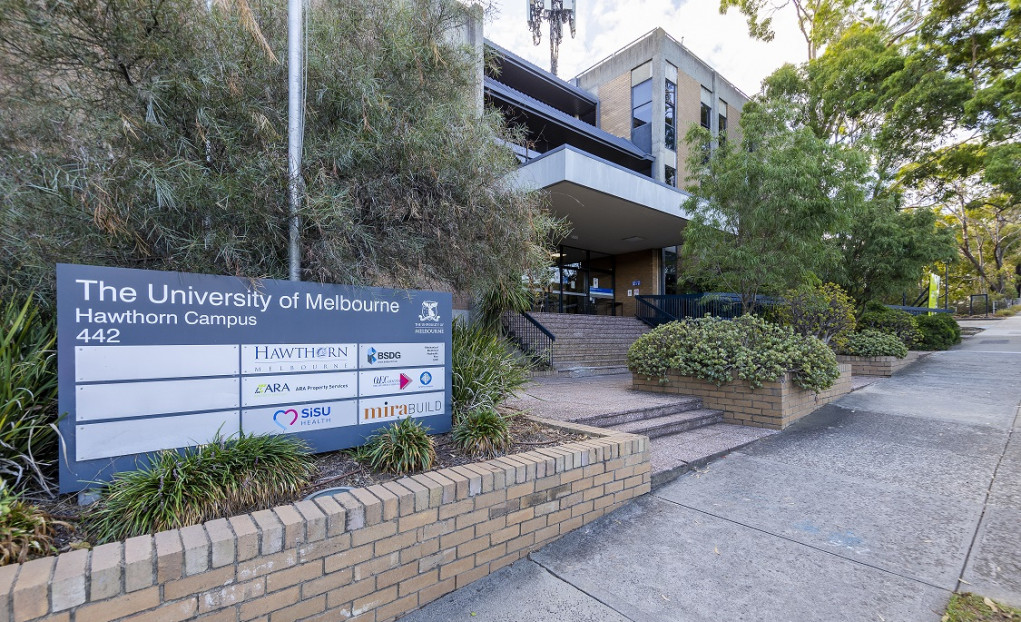
Stonepine_House_REA_PP_ProjectImages_2000x15003_uqWKoHZ6LcE5phgXCKge.jpg)
Stonepine_House_REA_PP_ProjectImages_2000x15008_5U7Qq5jLfzsw2NA4jYRo.jpg)
_mlGLYmpOlkmK0yg59Yzi.jpg)
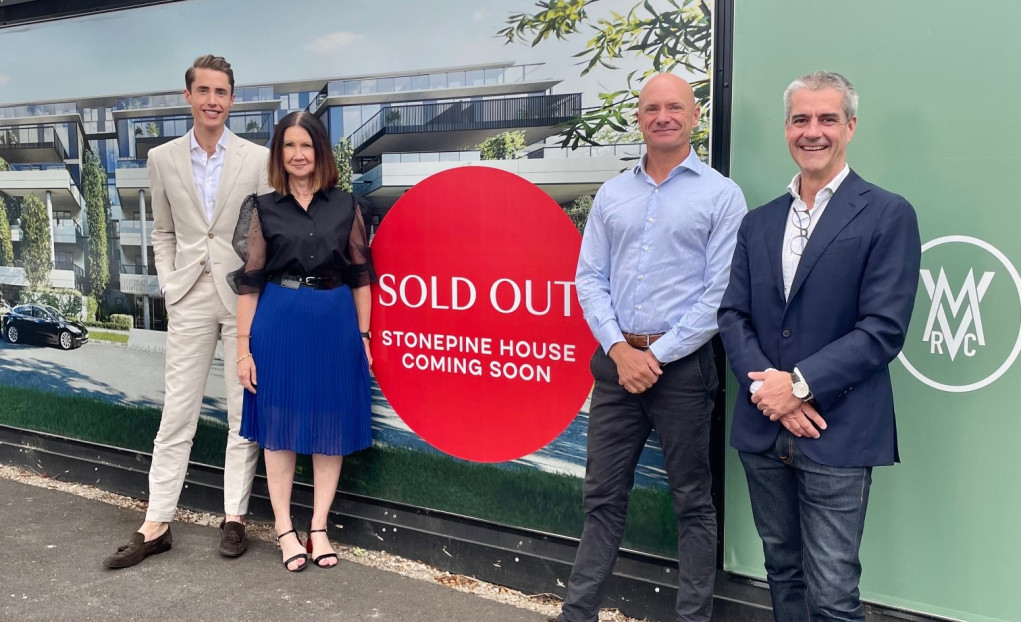
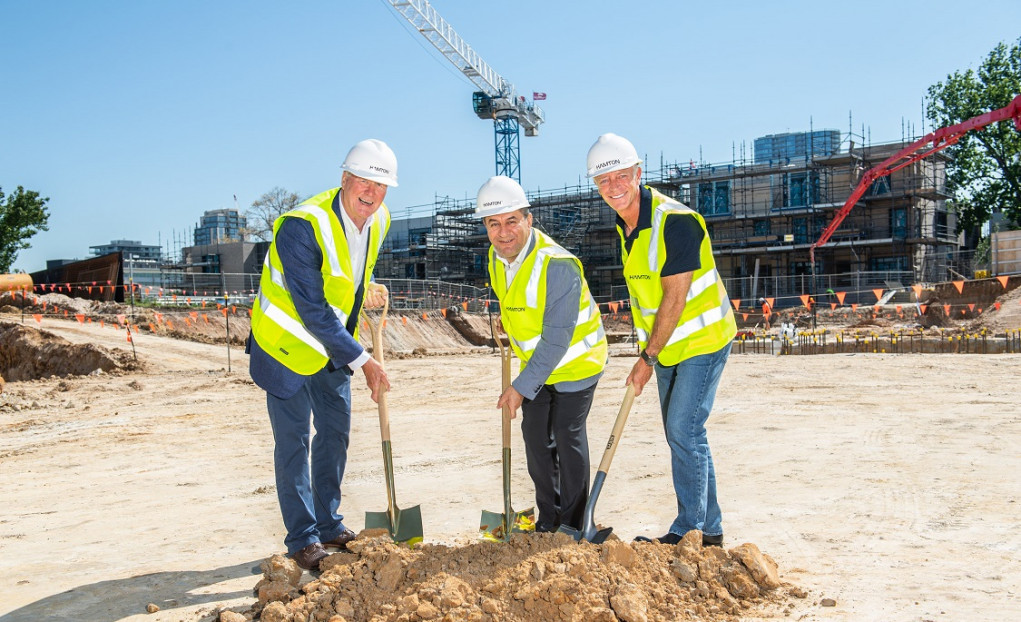


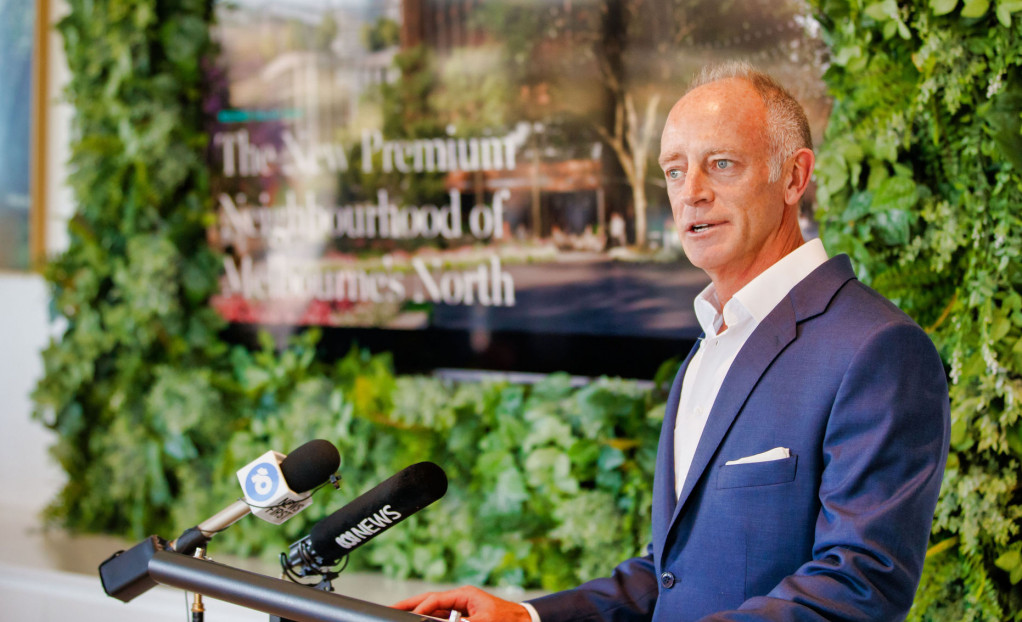
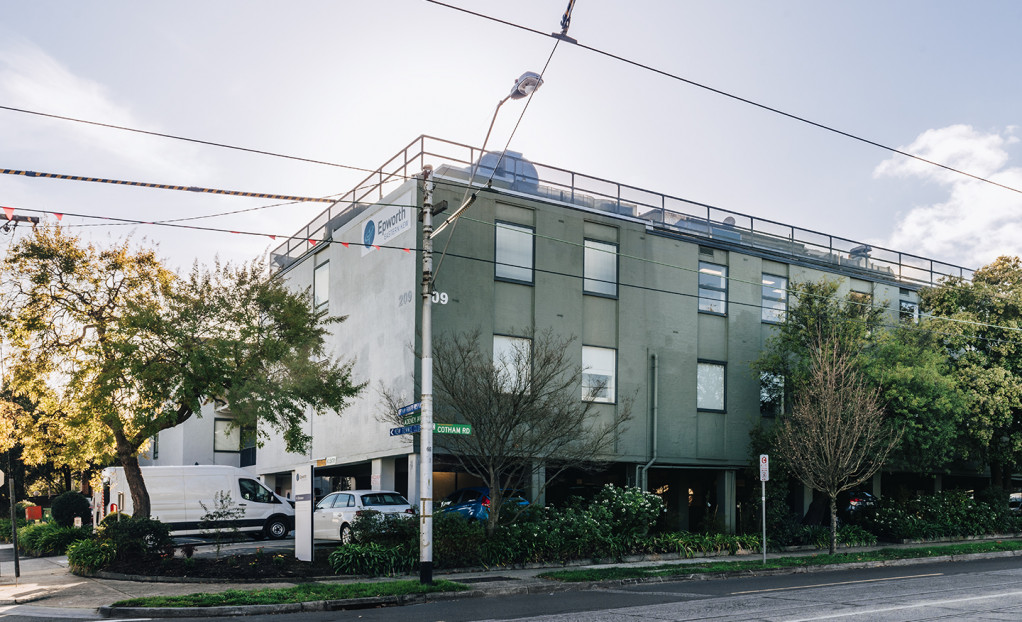




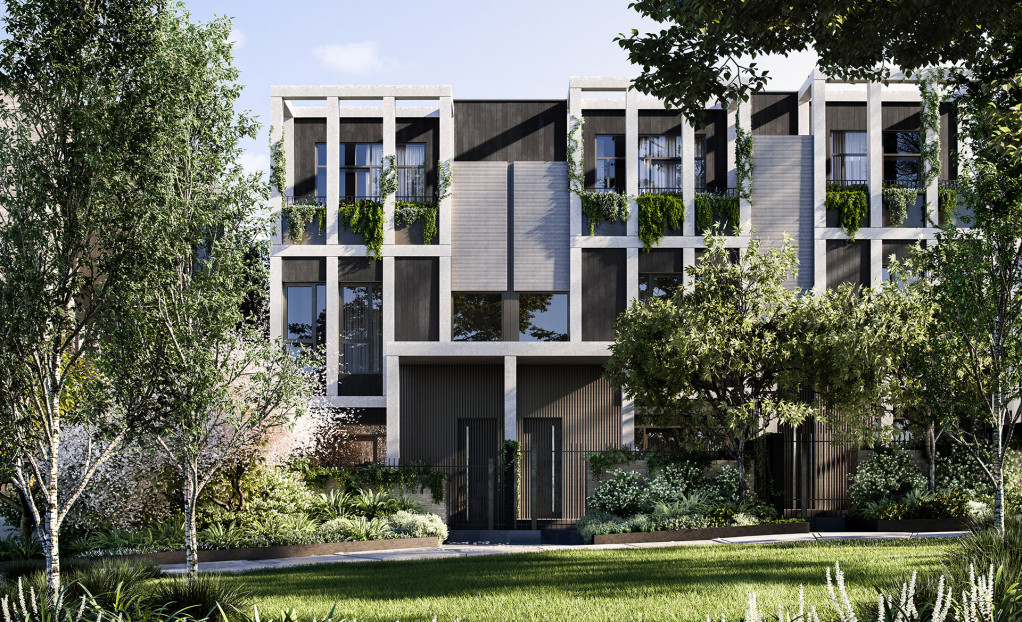

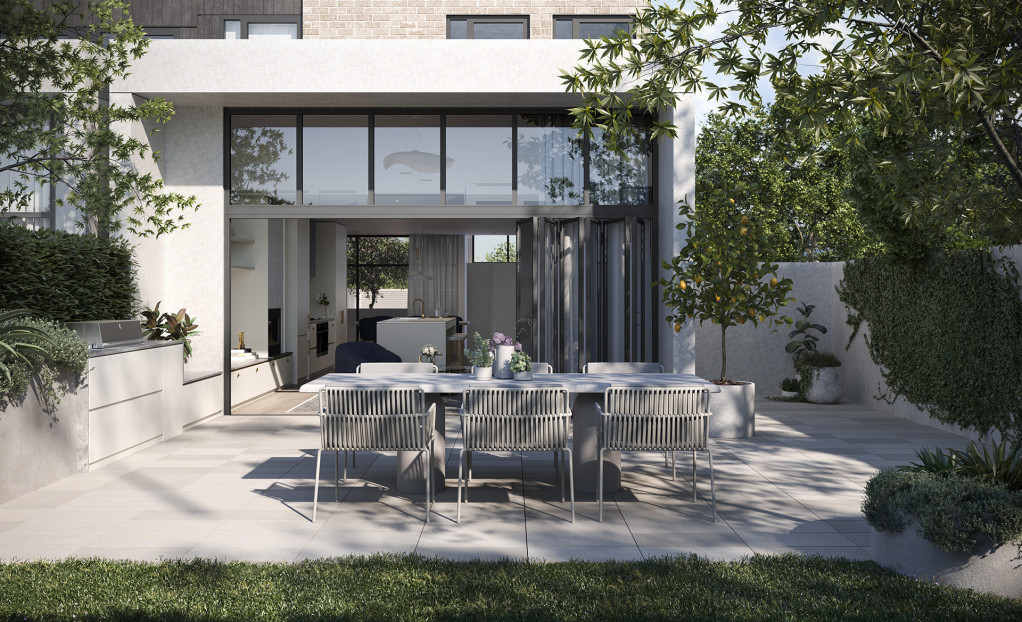
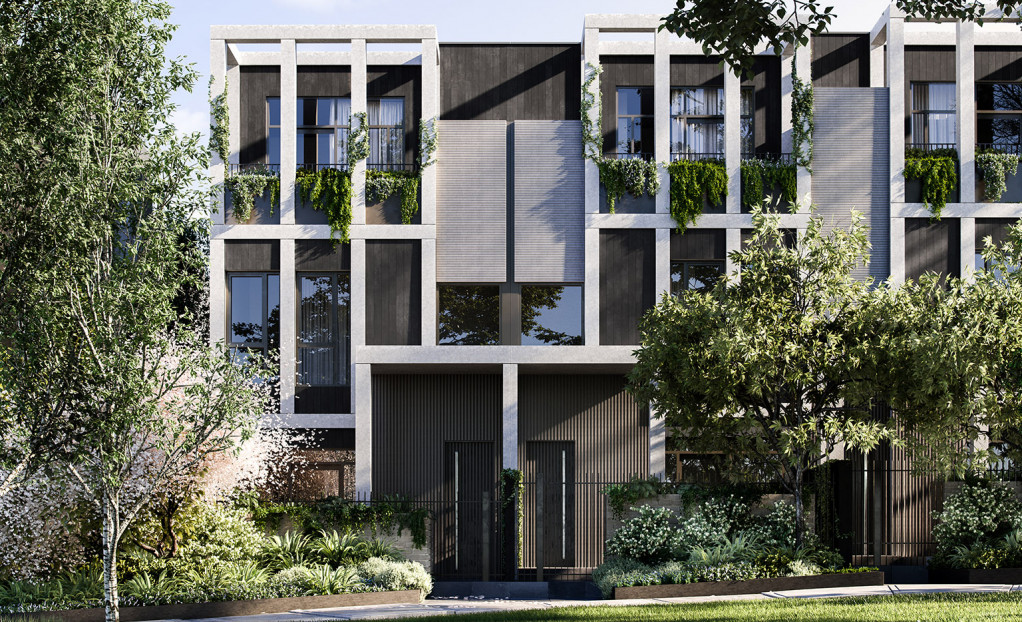





_3Qj98uRJBbJId9FCLvbO.jpg)

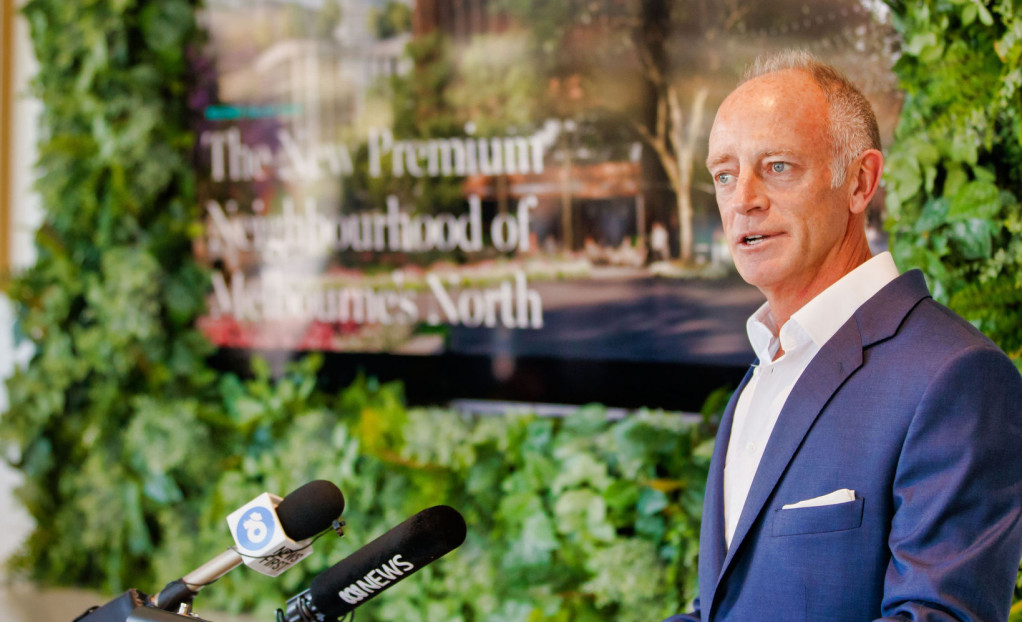
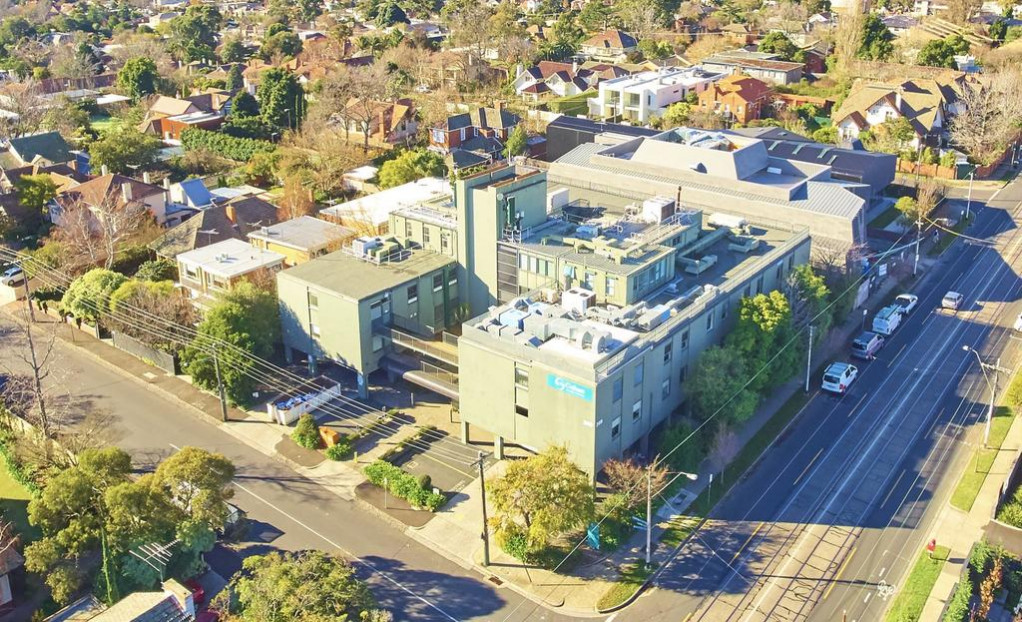




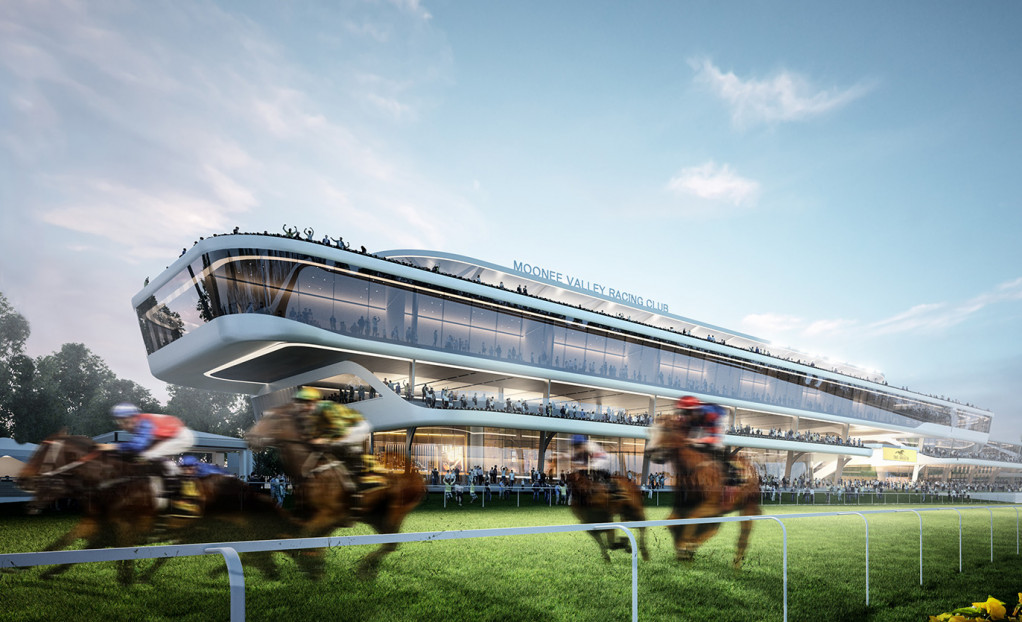


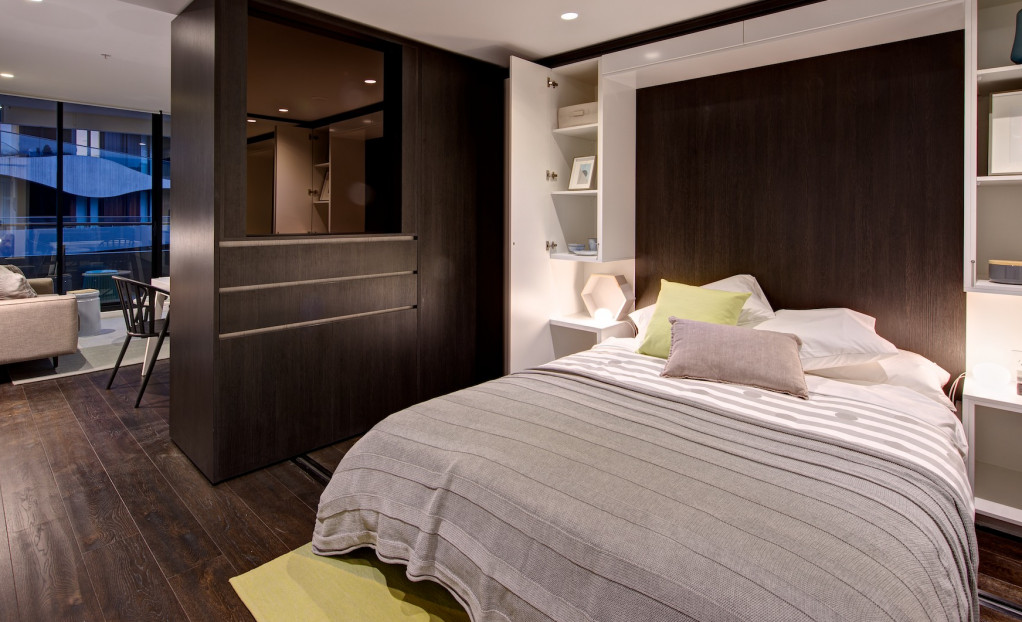

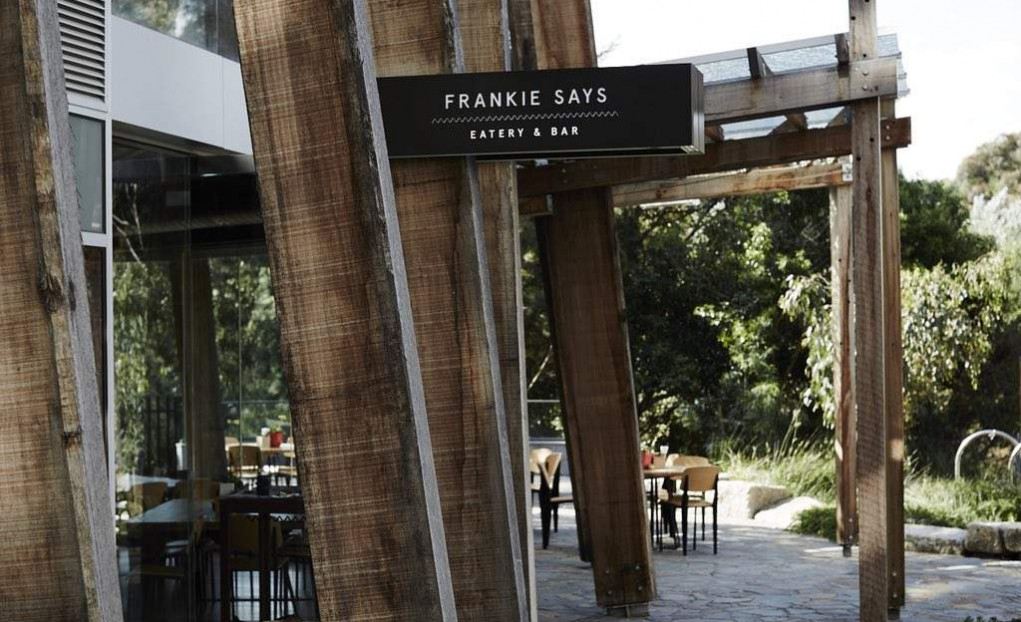



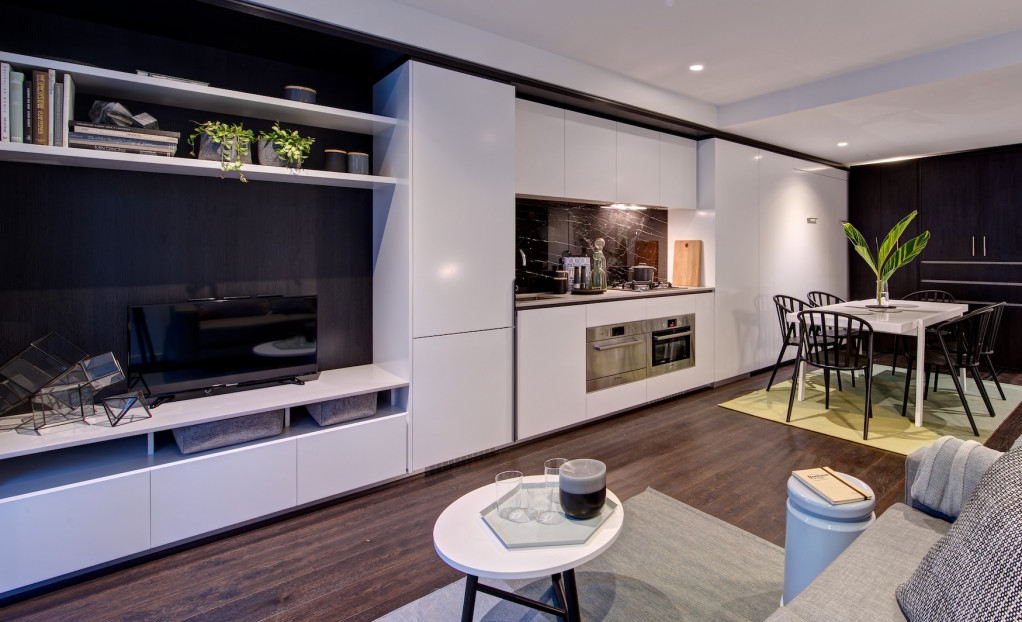



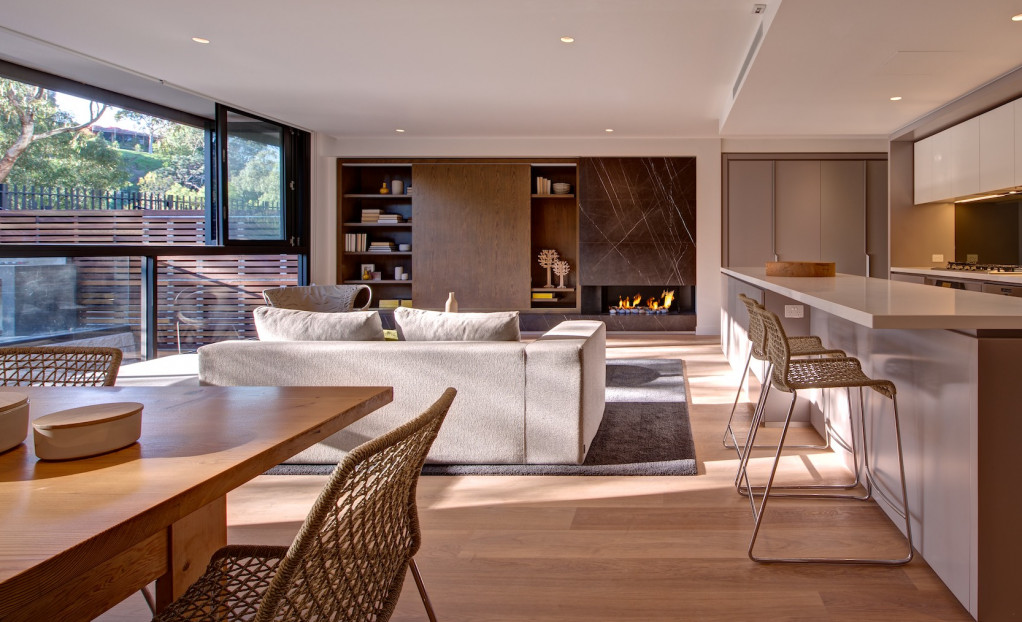

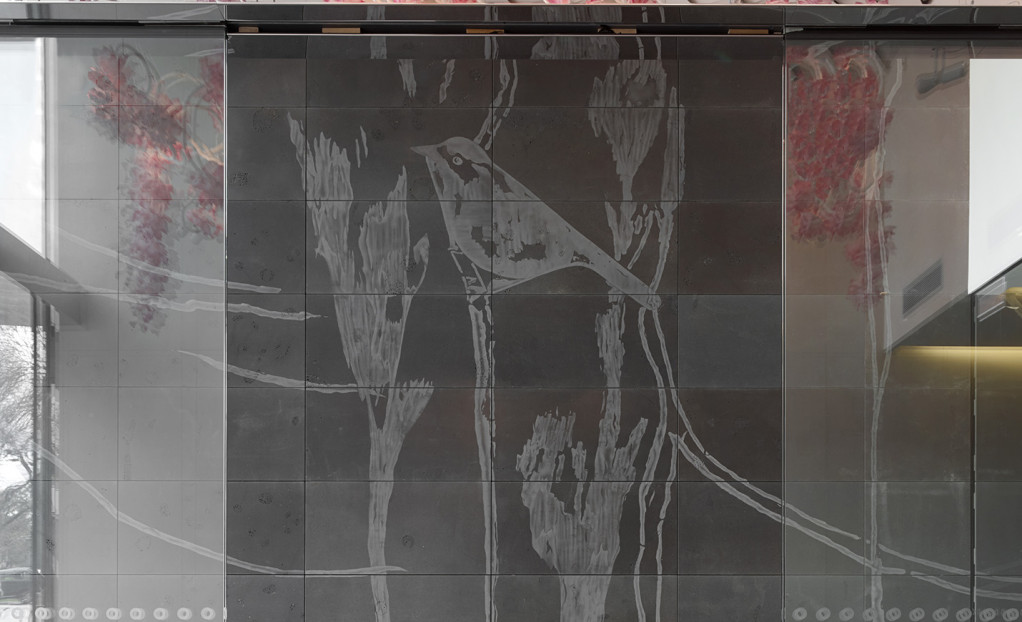
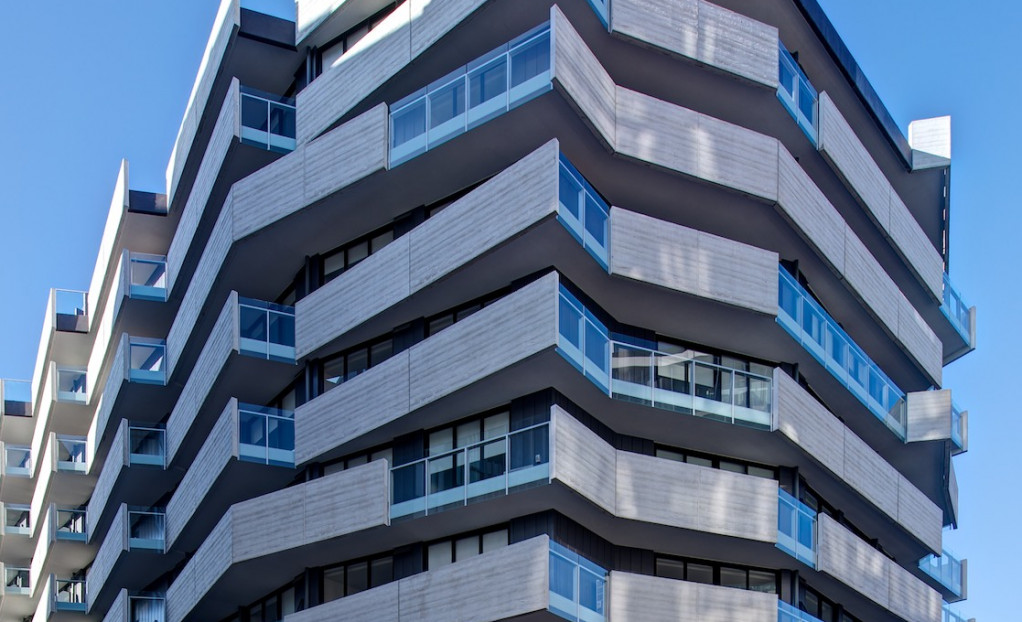
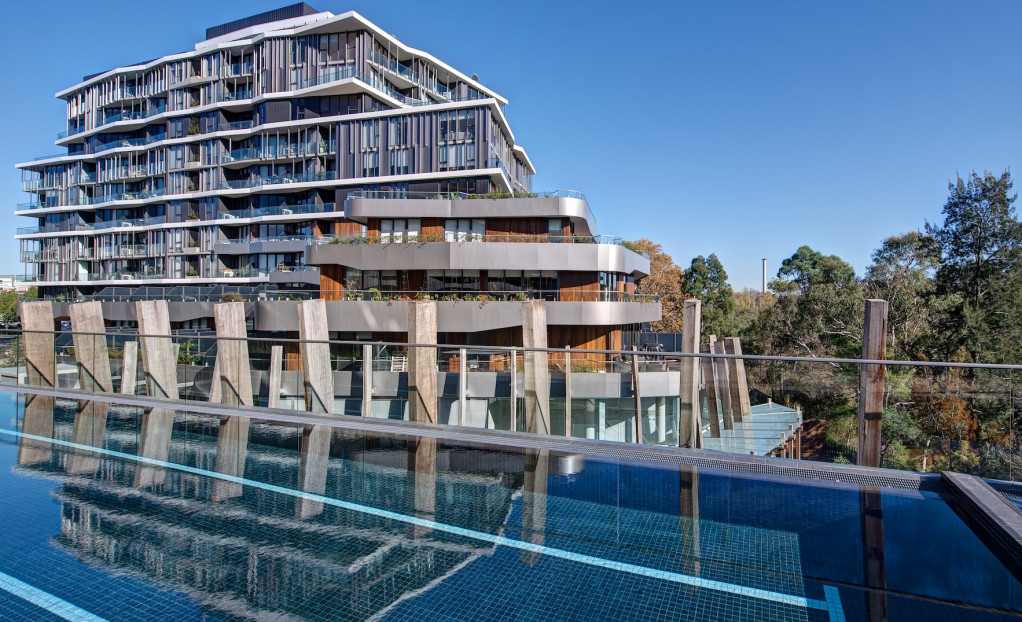


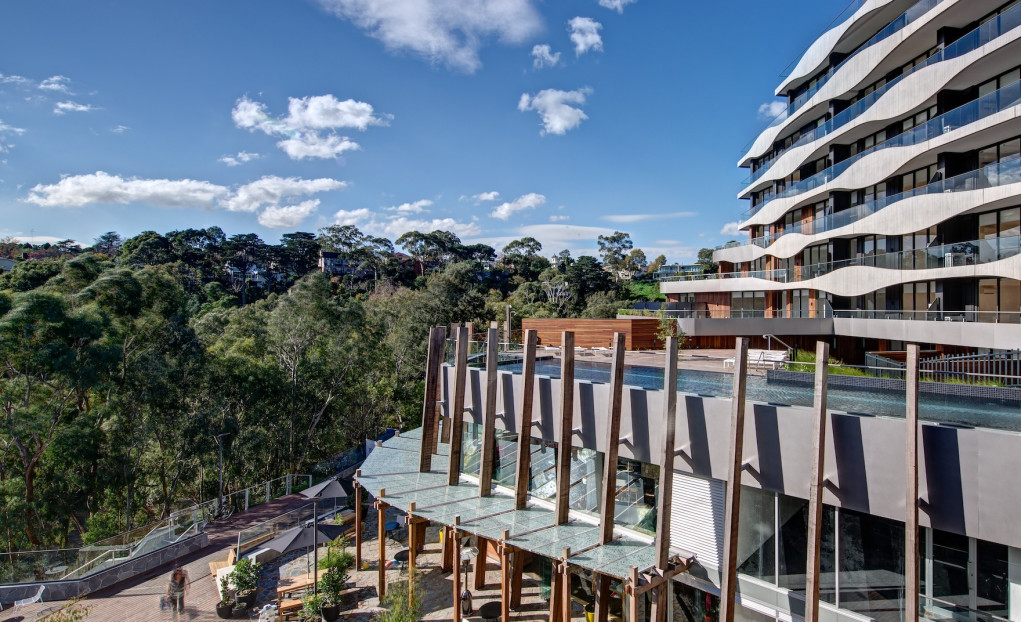

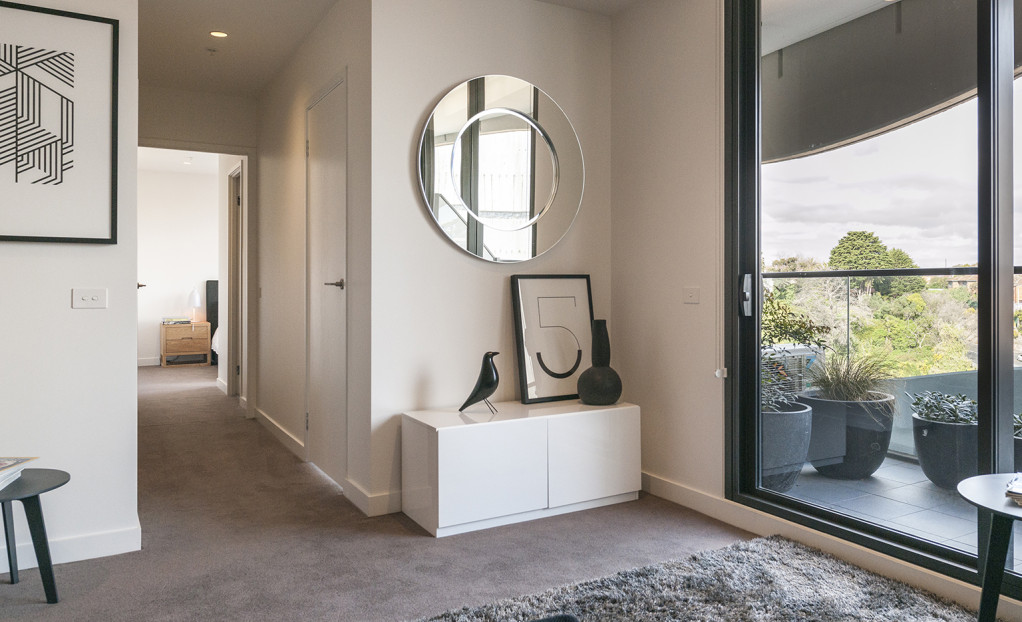
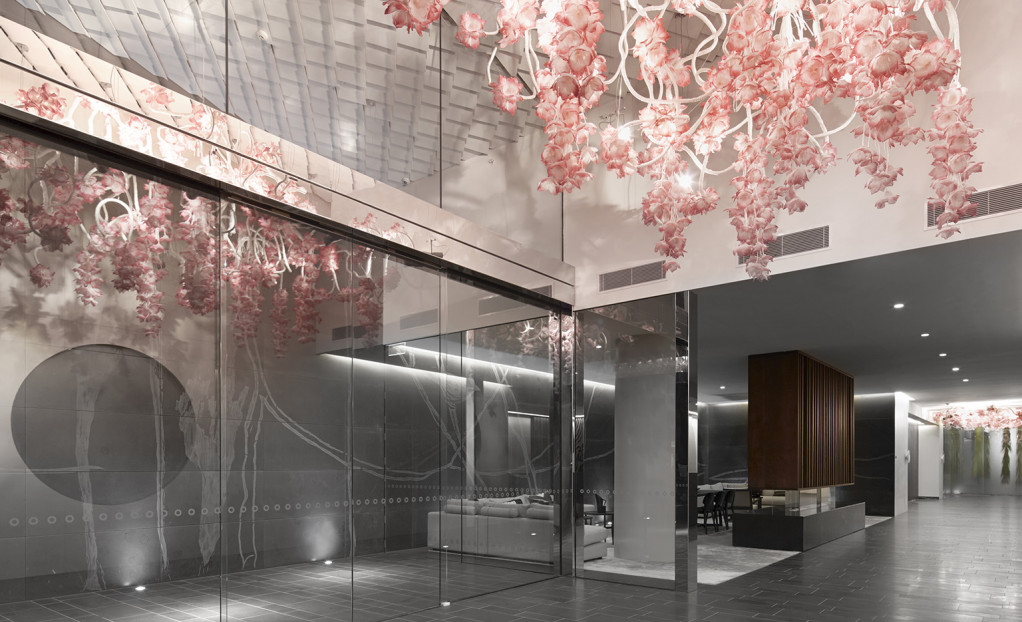


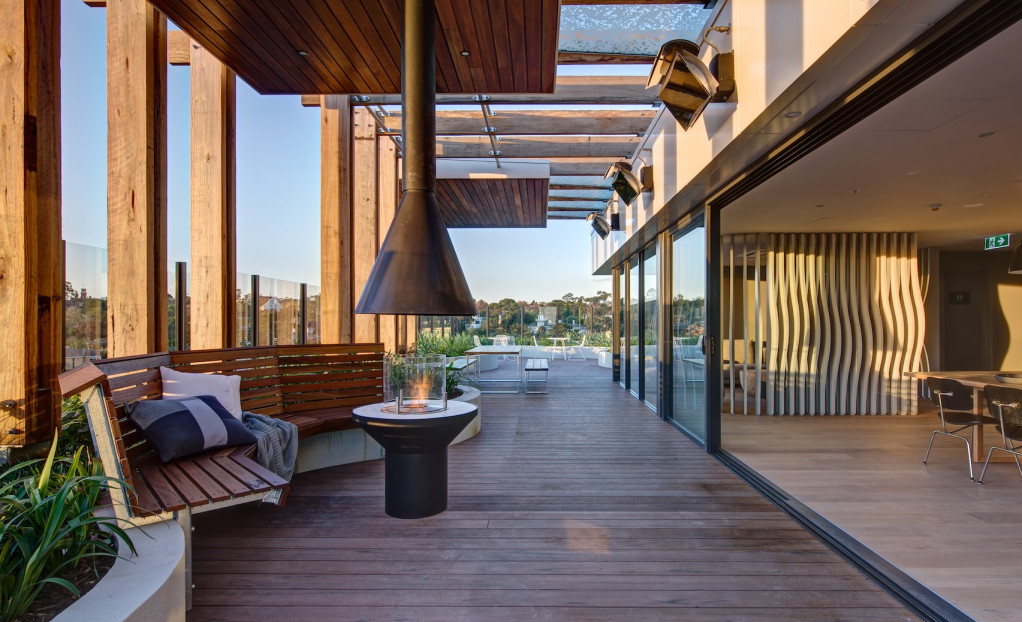
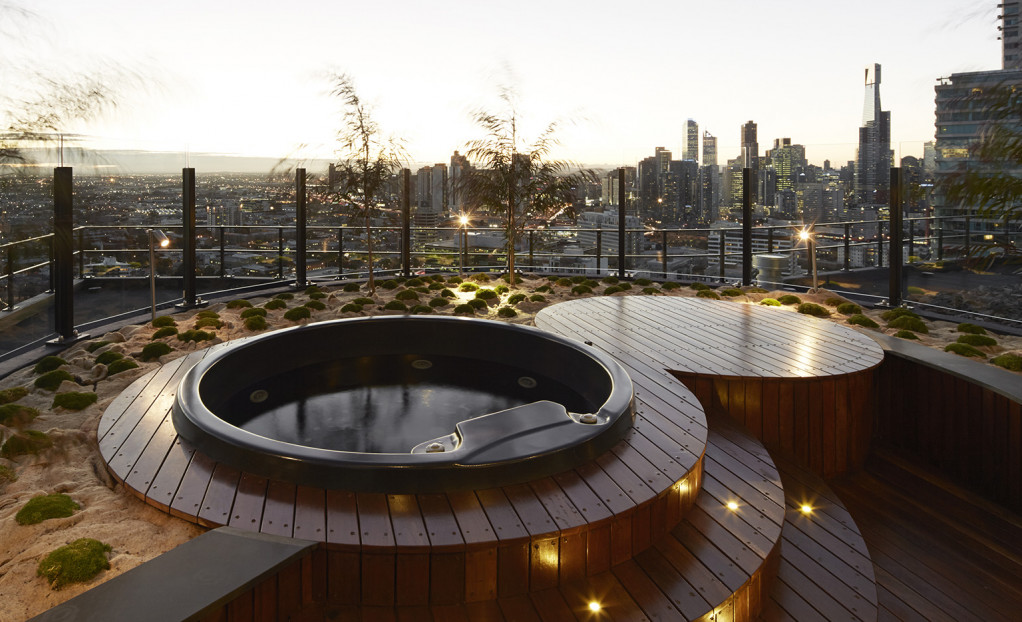
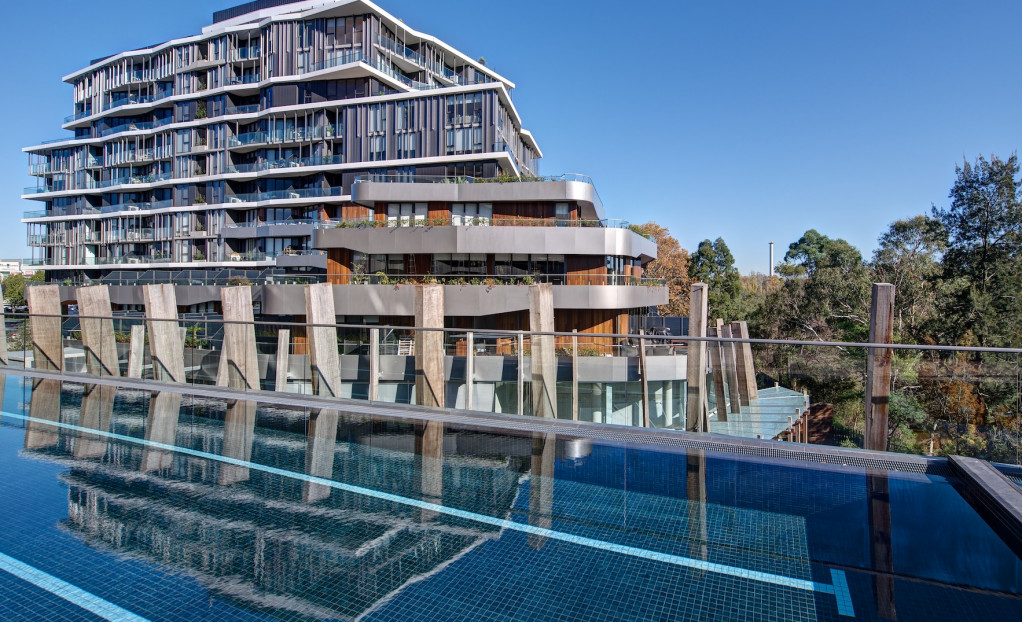
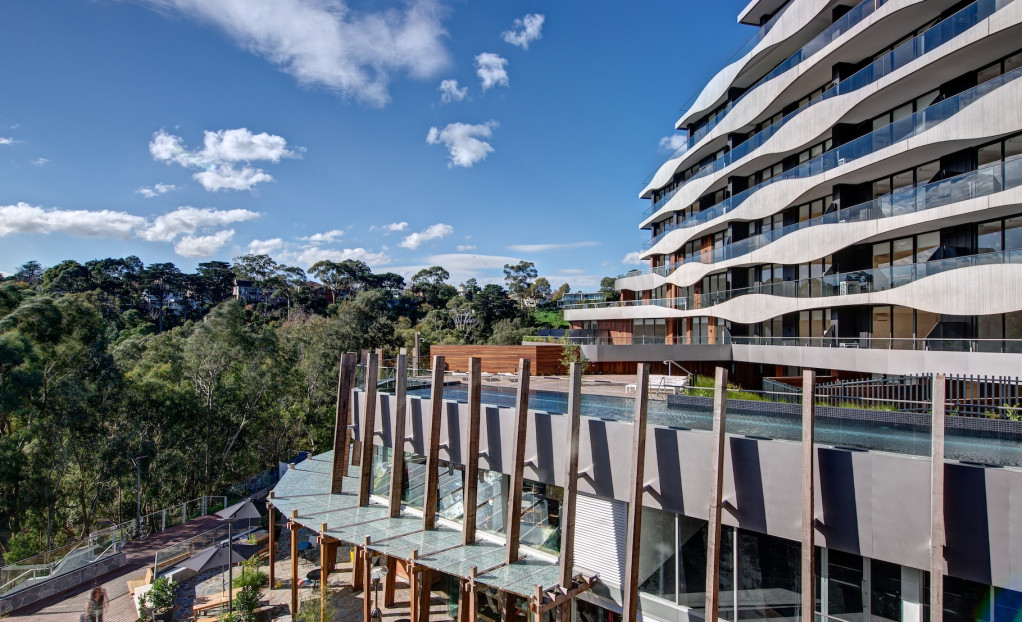

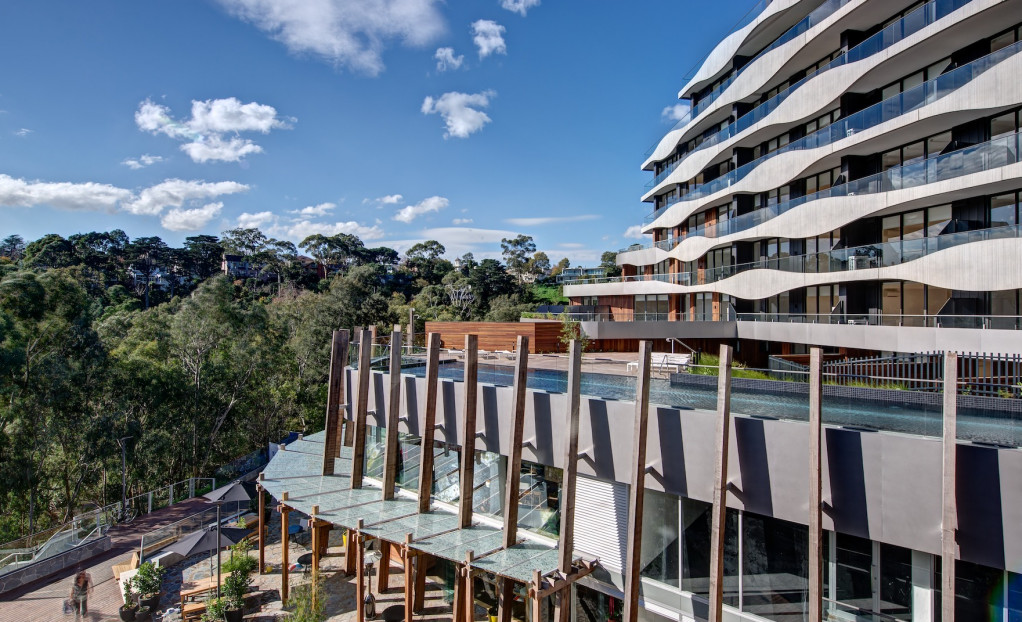


_FQKYnFl7oOKY1ldHUmk5.jpg)

